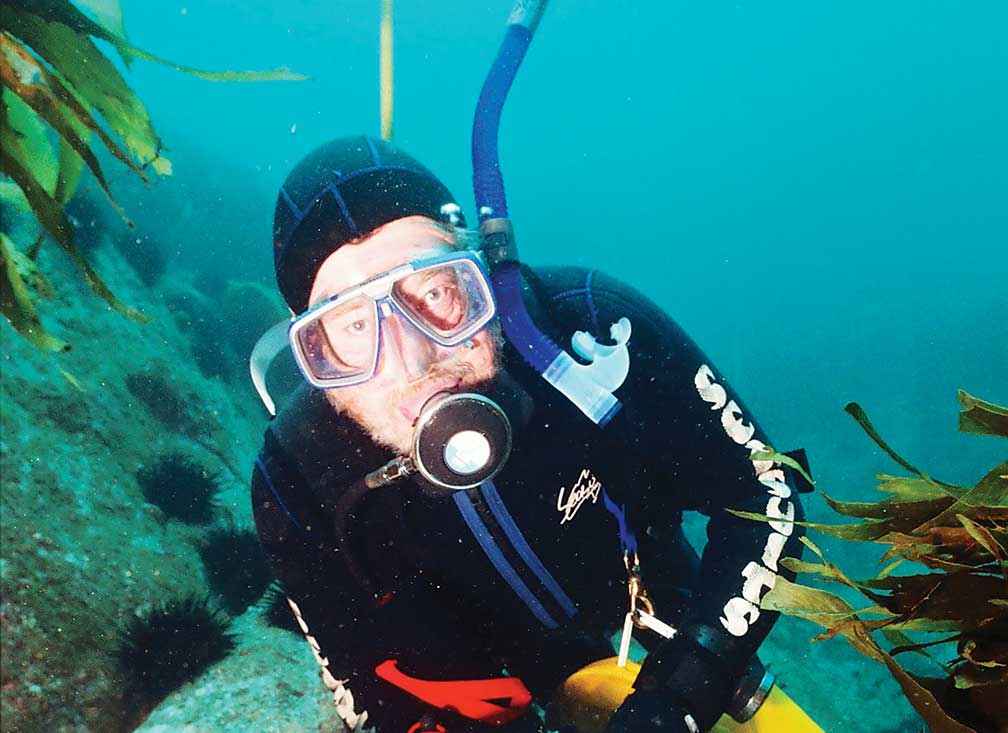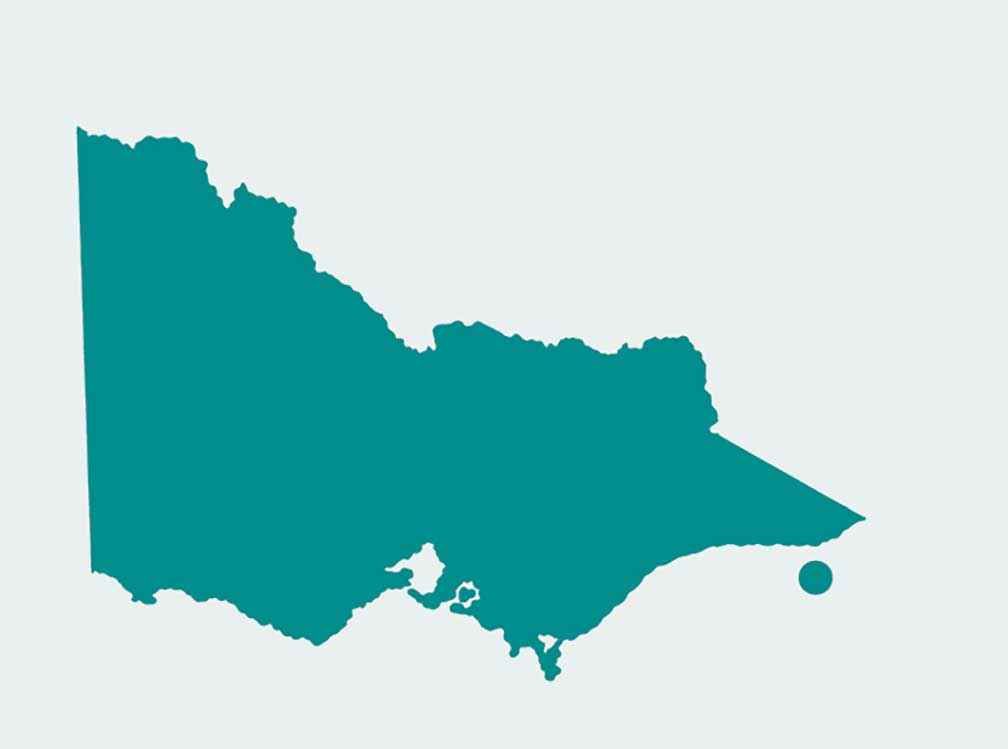Victorian Landcare Magazine - Spring 2017, Issue 70

The 220-hectare Beware Reef Marine Sanctuary is situated off Cape Conran in east Gippsland. The sanctuary encompasses a series of granite pinnacles rising 30 metres from the sea floor. The reef is rich in marine life and habitat, with a unique mix of warmer and cooler temperate species.
For the past 15 years the Friends of Beware Reef have made hundreds of boat trips to monitor and conduct underwater surveys of marine life at the reef and other sites in the sanctuary.
Their contribution to scientific knowledge has played an important role in assisting Parks Victoria to understand and better protect the reef and other marine environments.
The friends are citizen scientists, gathering high-quality data at scales impossible for other researchers to achieve. They share their knowledge through public lectures, videos and identification books and posters. All scientific data is submitted to Reef Life Survey; an international database that links volunteer divers, scientists and managers in marine research and conservation.
In recent years the friends have recorded the emergence of marine species generally found further north that are now appearing in eastern Bass Strait, possibly as a result of rising water temperatures. They have also discovered introduced marine pests along our waterways, including the seven-armed sea star and Northern Pacific sea star, and alerted Parks Victoria to a devastating population explosion of native sea urchins.
The offshore location of Beware Reef and other marine protected areas where the friends work pose many challenges. Eastern Bass Strait frequently experiences strong winds, large ocean swells, floods and algal blooms, sometimes resulting in poor visibility and limiting the number of days when boat trips and surveys can be conducted. Coupled with this is the expense of the long distances to be travelled and the technical knowledge needed to operate and maintain dive equipment to high safety standards.

Above: Don Love surveying the south pinnacle of Beware Reef in 2008.
The group’s president, Don Love, became interested in Beware Reef because of its shipwreck history. Along with other members, Alan Wilkins and John Ariens, this small group of retirees have all been diving for more than 50 years.
“We are a small, hard-core group. And we’re not youngsters. Water temperatures in the lakes in winter can get down to between seven and nine degrees – that’s a real test of endurance,” Don said.
“Curiosity is the driver for us. Once you are under the water it’s amazing how much you don’t know. I used to be always nagging people to identify something I’d seen.
Now I have an extensive collection of underwater photographs on my computer and I’m the person doing the identifying.”
Don is a former schoolteacher and, along with the other members of the group, he’s always keen to share his knowledge.
“Many people will never get the opportunity to see what’s under the water. When we show them our photographs and videos they are amazed at the diversity of what lives in the Southern Ocean – they think we are showing them the Great Barrier Reef.”
The group uses its own vessels, dive equipment and cameras with members often travelling long distances to participate in monitoring and to give talks and presentations.
The Friends of Beware Reef are a small, high-achieving group of dedicated volunteers. Their commitment to the marine environment and the volume and scope of the work they have undertaken is truly outstanding.

Above: Location of Friends of Beware Reef